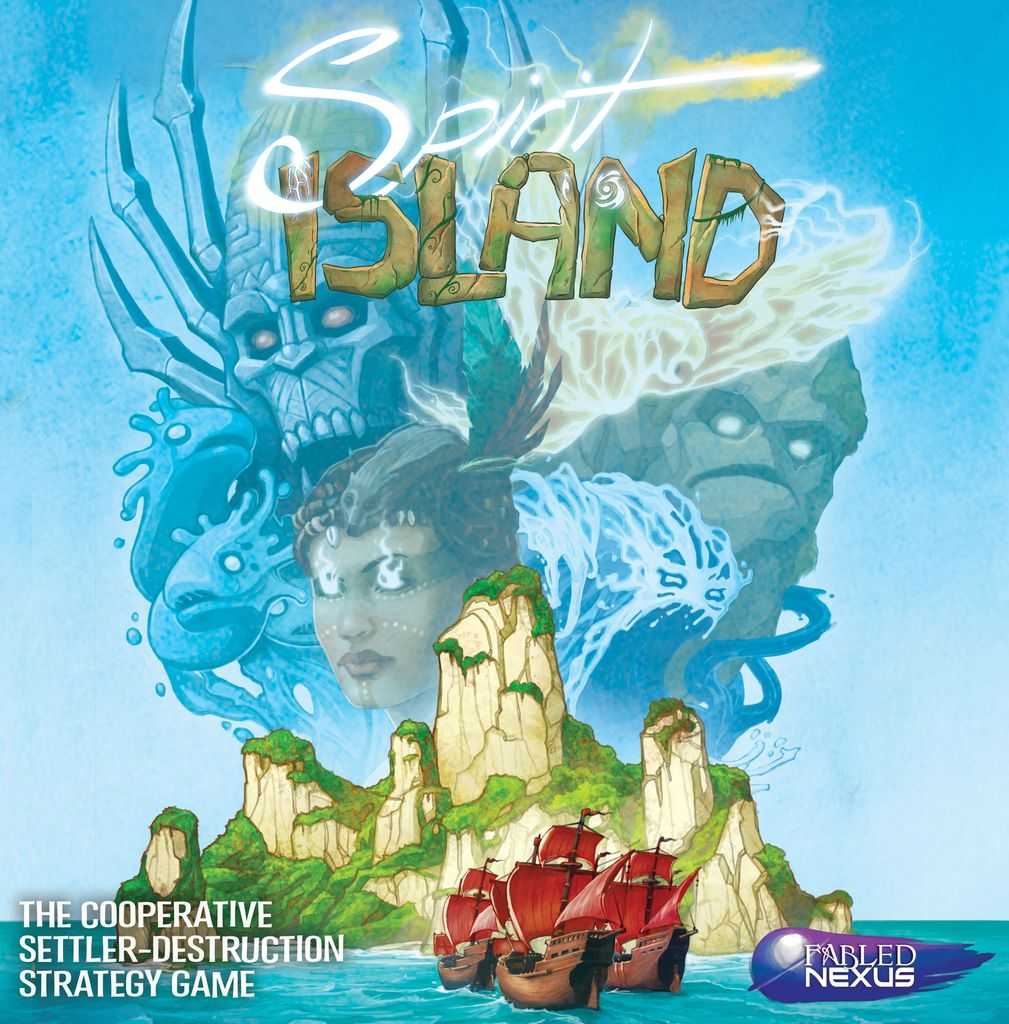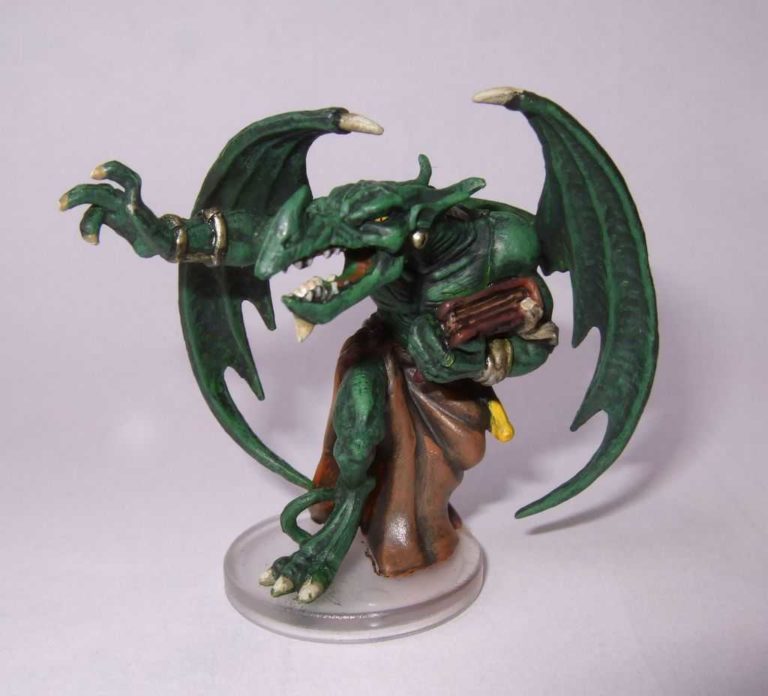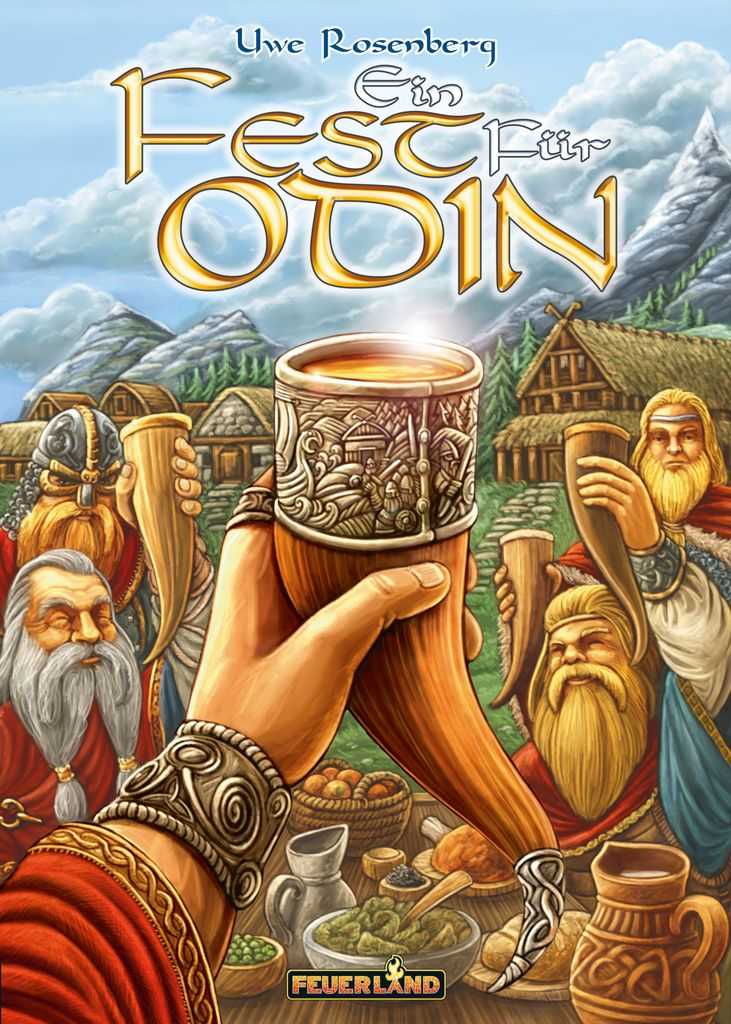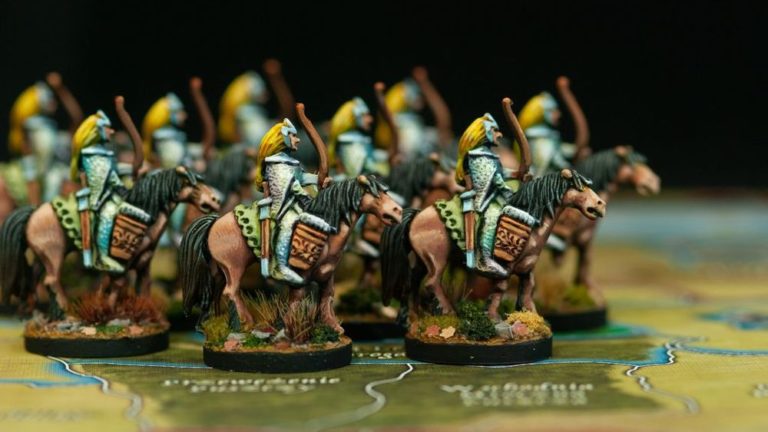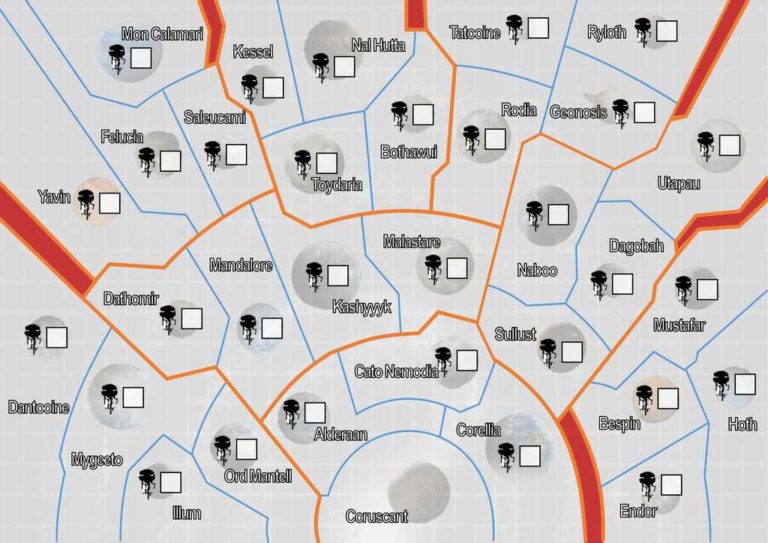Spirit Island Review – Defending Your Island Home
Spirit Island Review – Defending Your Island Home
When I first unboxed Spirit Island, I knew I was in for something extraordinary. As someone who’s navigated the ebbs and flows of countless board gaming realms, Spirit Island stood out with its vibrant call to arms – or rather, call to spirits – aiming to protect a sacred island from invading colonizers. Each playthrough is a tale of its own, replete with strategy, cooperation, and a dash of mystical storytelling that has captivated me and my gaming group time and again. In this Spirit Island review, I’m eager to delve into the essence of this treasured title and share why it occupies a prime spot on my game shelf.
Key Points:
- Spirit Island is a cooperative board game where players take on the roles of powerful spirits protecting an island from invading colonizers.
- The game offers deep strategic elements and captivating storytelling that has captivated many players.
- The game masterfully intertwines cooperative play with deep strategic elements, necessitating equal participation and strategy sharing.
- The game has high replayability, with each session unveiling new tactics and stories to tell.
- The game components are well-crafted, contributing to the immersive experience of the game.
- Spirit Island offers a robust single-player experience and becomes even more engaging with more players.
The fascination with Spirit Island isn’t a solo experience. Over numerous game nights and post-game discussions, the same sentiments are echoed by many: the way this game masterfully intertwines cooperative play with deep strategic elements is nothing short of fabulous. I’ve witnessed the sheer joy and analytical prowess it draws out of players, from the first tentative steps onto the island to the triumphant, or sometimes tragic, conclusions. The game’s potential for replayability is a frequent topic, with each session unveiling new tactics and stories to tell.
Spanning from solo endeavors to full count plays, Spirit Island has been a centerpiece for gaming sessions ranging from intimate to bustling. I’ve learned about the game’s intricacies and shared memorable victories and soul-stirring defeats, all of which have fostered a deeper appreciation of what a thoughtfully-crafted game can offer. Now, it’s time to dissect the myriad layers that make Spirit Island an unequivocal hit in the board gaming community.
Unveiling Spirit Island
Immersing into Spirit Island is akin to stepping into an ancient realm where mythical spirits are the last bastion against relentless invaders. As a board game aficionado who’s encountered all manner of themes and mechanics, the premise of Spirit Island was immediately compelling. The notion of defending an island home resonates deeply, instilling a powerful sense of duty and urgency in each player from the game’s onset. In this Spirit Island review, the stage is set to explore the threads that weave together to form the rich tapestry of this beloved cooperative board game.
Core Concept and Objectives
At the heart of Spirit Island lies a clear and powerful objective: protect the island and its native inhabitants from colonizers seeking to exploit its resources. You and your fellow players take on the roles of powerful Spirits, each with distinct natural abilities and thematic flairs. The purity of the game’s core concept, coupled with a noble cause of safeguarding the land, provides an immediate sense of connection and purpose.
Your mission is multifaceted: ward off the invaders, reclaim the territories they’ve encroached upon, and inspire fear to drive them away. This is a delicate balancing act; one must strategically manage energy, execute powerful Spirit abilities, and remain ever-vigilant of the invaders’ relentless advance. It’s in understanding and leveraging the unique powers of each Spirit that the complexities of gameplay unfurl, challenging players to think several steps ahead to secure their victory.
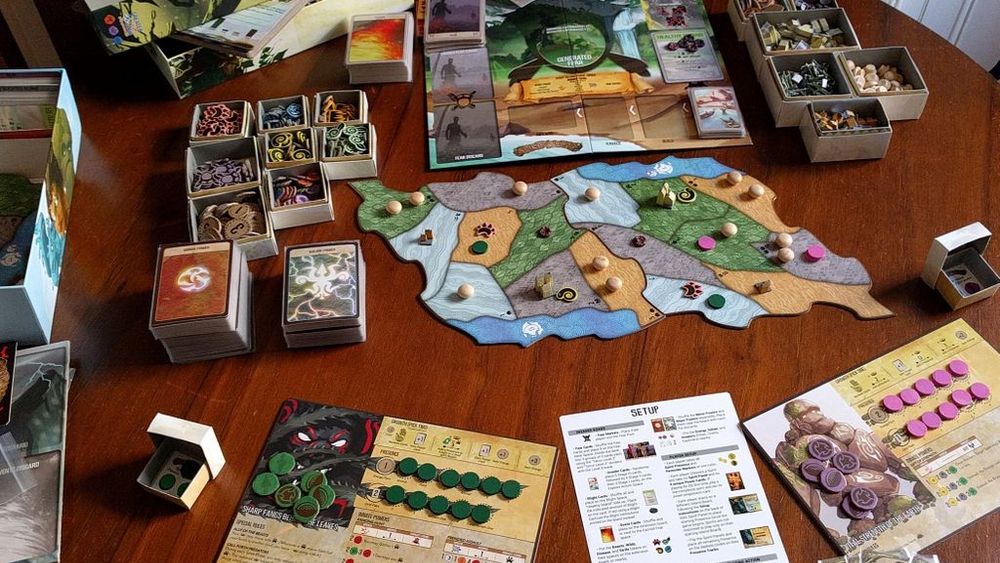
Protecting the island and its native inhabitants while strategically managing resources and Spirit abilities provides an immediate sense of purpose and connection in Spirit Island.
The Intrigue of Cooperative Play
Cooperative games demand a synchronized dance of player collaboration, and Spirit Island elevates this to an art form. With no single player able to claim the spotlight, as can happen with other co-ops, the game necessitates equal participation and strategy sharing, ensuring every player is integral to the group’s success. Theorycrafting plays a pivotal role here, with everyone at the table contributing to the communal brainstorming of attack plans and emergent tactics.
This is enhanced further by the Spirits’ asymmetry; your natural predilections for certain playstyles are mirrored by the Spirits you gravitate towards. I can’t help but recall those intense moments when, against all odds, a well-timed combo of abilities from two or more players turned the tide of an invasion. It’s in these electrifying instances that the true spirit of cooperative play in Spirit Island comes alive.
Moreover, the game brilliantly sidesteps ‘the Alpha Player’ issue, common in many co-op games, by fostering an environment where every decision feels personal and impactful. Discussing strategies is one thing, but Spirit Island ensures that when it comes down to action, it’s your path to forge – within the framework of collective endeavor, of course. One of the finest moments I’ve experienced was when a player, often reserved and following the lead, devised a masterstroke that left the rest of us in awe. The unspoken beauty of Spirit Island is how it empowers all players to shine.
Delving into the Gameplay
The first foray into Spirit Island’s gameplay is daunting, yet enthralling. Your island – a canvas of potential strategies and confrontations – begs for your protection, and the Spirits are your brushstrokes. The depth and breadth of mechanics intertwine beautifully to create an exquisite mosaic of challenge and thought-provocation that’s unparalleled in many modern board games.
Setting Up Your Island Defense
Now, imagine the island laid out before you, ripe with verdant forests, rugged mountains, and serene wetlands, each sector a battleground, each corner a haven for the Dahan, the indigenous peoples you must ally with. The setup phase of Spirit Island involves positioning your Spirit presence on the island, marking the domains you’ll defend most fiercely.
This initial decision sets the tempo for the game; some Spirits flourish best by cementing a stronghold, while others prefer to spread their influence far and wide. Balancing these approaches with those of your fellow Spirits creates a dynamic front line against the invaders. I’ve found this part of the game to be endlessly fascinating, each setup a new challenge, a fresh story waiting to unfold.
The Role of Spirits and Their Powers
As you delve deeper into the role of Spirits, you’ll find that each comes with a distinct personality and playstyle. These ethereal protectors range from lightning-fast assailants to cunning manipulators of invader fears. Engaging with these characters is where the heart of Spirit Island truly beats. Playing as the Spirit of Nightmares, for instance, you don’t merely play cards – you sow terror, like a maestro orchestrating a symphony of dread.
Each Spirit’s powers manifest through a deck of cards, a blend of slow and fast powers that function as your arsenal against the invaders. This represents a cerebral exercise in timing and effect coordination, as you must decide whether to deliver immediate blows or set traps that spring devastating surprises in later phases. I’ve always been partial to the Spirits whose slow powers crescendo into earth-shattering moments that dramatically alter the island’s fate.
Interactions with Invaders and the Island
The invaders, with their fear cards, represent an insidious force invariably spreading like a stain across your beautiful island. Their movements are predictable yet relentless, creating an adversary that’s as formidable as it is faceless. As a proponent of interactive board games, Spirit Island’s invader mechanics resonate deeply by offering a cascading sequence of actions that Spirits must anticipate and disrupt.
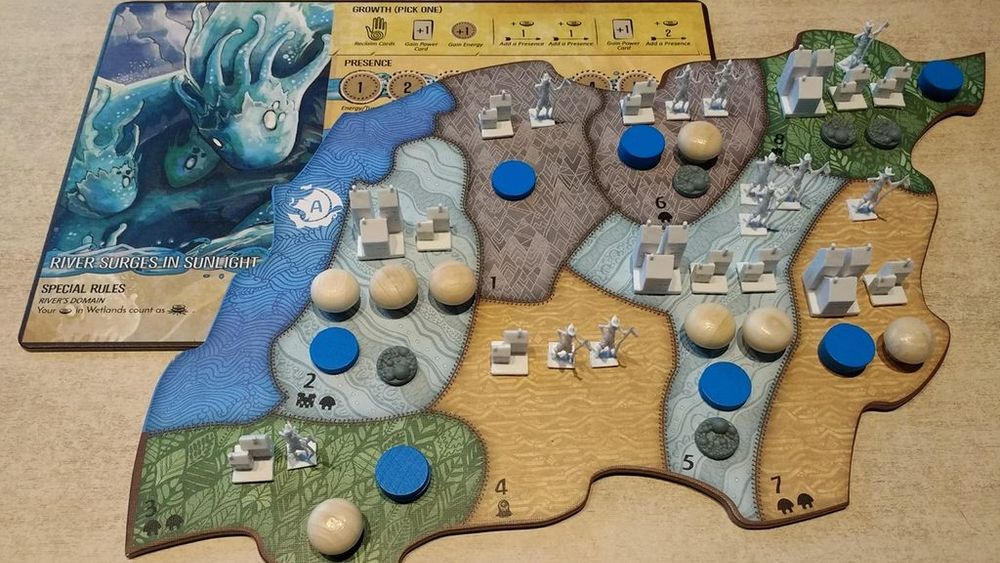
Your interactions with the invaders are layered and strategic, requiring not only offensive maneuvers but also the insight to bolster the island’s defenses. Utilizing powers to move the Dahan, eradicating invaders to prevent blight, or harnessing energy to unleash fearsome attacks – all these actions knit together into a compelling push-and-pull drama. It’s markedly satisfying when the choices you make cause the invaders to stumble and falter, much to the cheering of your compatriots.
The interactive board game Spirit Island’s invader mechanics offer a strategic and layered approach to disrupting the relentless movements of the invaders, creating a compelling push-and-pull drama.
Components and Aesthetics
Cracking open the box of Spirit Island and gazing upon its components for the first time is a true feast for the senses. The tactile delight of expertly crafted game pieces intertwines with the visual splendor of the island’s artwork, immediately transporting any player to its mystical lands.
Quality and Design of Game Pieces
Game components can often make or break the gaming experience, and in the case of Spirit Island, they come together beautifully to enhance immersion. The game’s pieces, from well-crafted plastic presence tokens to intricately designed invader pieces, serve to not only operationalize the gaming mechanics but also contribute to the story unfolding on your table.
The durability and attention to detail apparent in the energy tokens and the Dahan huts speak to the quality you’d expect from a game of Spirit Island’s caliber. Unboxing Spirit Island feels like unearthing a treasure trove; the pieces are not just for show but play a key role in pulling you into its mythically charged atmosphere.
Visuals and Theming
Sinking into the visuals of Spirit Island is akin to diving into a well of captivating artwork that perfectly captures the game’s essence. The board itself is a sumptuous tapestry of intricate landscapes, with each section beautifully rendered to distinguish the various terrains. There’s an earnestness in the way the island’s imagery compels you to defend it, a powerful subtext that enriches the gaming experience.
The thematic congruence doesn’t end with the visuals. Each Spirit’s presence and powers are reflected in the subtle details of their depiction. Playing as a certain Spirit, you not only harness its abilities but also become immersed in its character; whether you’re enfolding the land in wild growth or heralding storms, the fidelity to theme is apparent – your actions on the board resonate with the lore and identity of your Spirit. Few games marry mechanics and aesthetics so seamlessly.
Strategic Depth and Complexity
Peeling back the layers of Spirit Island reveals a game brimming with strategic possibilities. Its intricate interplay of powers, invaders, and island health requires a blend of tactical acumen and foresight.

Difficulty Levels and Learning Curve
Engaging with Spirit Island, you’re met with a game that has been wisely calibrated with several difficulty levels. It’s a cerebral challenge that scales, creating a unique space for both the neophyte and the veteran gamer to find their footing. But make no mistake, the learning curve of this gem is pronounced; the first few sessions will likely be tough, forming a crucible through which understanding and skill are forged.
For many, Spirit Island will initially present as an intimidating tapestry of rules and options. However, it’s also one of its greatest strengths – a game that unfolds itself over time, revealing new strategic depths with each playthrough. Learning how to synchronize the Spirits’ slow and fast powers, when to rally the Dahan, or how to manage the increasing blight is an experience that is both overwhelming and deeply gratifying.
Boldly tackling these challenges, you and your cohorts will quickly evolve from hesitant novices to shrewd tacticians. The complexities that once baffled will transform into opportunities for inventive gameplay. As your familiarity with Spirits grows, you’ll begin to anticipate and counter invader moves with a finesse that’s akin to a well-played game of chess. Yet, even as you master its nuances, Spirit Island ensures that no two games are the same – a testament to its meticulously crafted complexity and engaging gameplay.
Replayability and Expansion Packs
Spirit Island shines with a clear strength: its impressive replayability. The core game itself is a rich tapestry of strategies and decisions, with each playthrough unfolding in a drastically different manner thanks to the variety of spirits and how their unique powers can interact with the changing scenarios on the island. But what truly elevates Spirit Island’s replay value are the expansion packs. Each expansion brings new spirits, adversaries, scenarios, and even game-changing mechanisms that extend an already deep gameplay experience.
The first expansion, “Branch and Claw”, adds a new layer of complexity with event cards and tokens that further define the thematic elements of the game. The “Jagged Earth” expansion not only introduces a plethora of new spirits but also ramps up the possibilities with new aspects for existing spirits. These aspects modify a spirit’s innate abilities, offering even veteran players fresh challenges and ways to play. Fans of the game often cite these expansions as essential, enhancing Spirit Island in almost every conceivable way.
Moreover, for those who yearn for an ever-new experience, Spirit Island also boasts several levels of difficulty. Whether you are playing against different adversaries or trying out new spirit combinations, the game ensures an experience that remains engaging over countless sessions. Couple this with the option to mix and match the expansion content, and you have a game that can provide hundreds of hours of strategic entertainment without feeling repetitive.
Spirit Island’s impressive replayability is due to the variety of spirits, expansion packs, and difficulty levels that ensure an engaging and ever-new experience over countless sessions.
The Good and The Bad
When appraising Spirit Island, we uncover a tableau of highs and lows, each weighing heavily in the overall experience. While the game offers a resonant cooperative experience and strategic depth, some aspects might not resonate with every board gamer. Understanding these facets will help you determine if Spirit Island is the right game to add to your collection.
Highlights of Spirit Island
The most applauded aspects of Spirit Island rest in its cooperative play and the individual importance of each player. Unlike many cooperative games notorious for the “alpha player” problem, where a single player ends up dictating the team strategy, Spirit Island fosters true collaboration by making every decision of each player critical to the outcome. Another laudable highlight is its representation of indigenous resistance to colonization, offering a refreshing and meaningful narrative that interweaves seamlessly with the gameplay. The spirits, as characters, exhibit an astonishing diversity of playstyles, each bringing a new perspective to the table, literally affecting the tide of the game.
Potential Drawbacks to Consider
Not every game is perfect, and Spirit Island has its own share of potential drawbacks. Newcomers to the hobby might feel overwhelmed by the game’s complexity; there’s a significant learning curve that may be daunting for some. Another factor to consider is the game length, as sessions can run long, especially with higher player counts, potentially leading to “analysis paralysis” where players become bogged down by the array of choices. Lastly, while expansions add immense value, they also introduce additional rules and components that may complicate the experience for those seeking a more casual engagement or those with less available time.
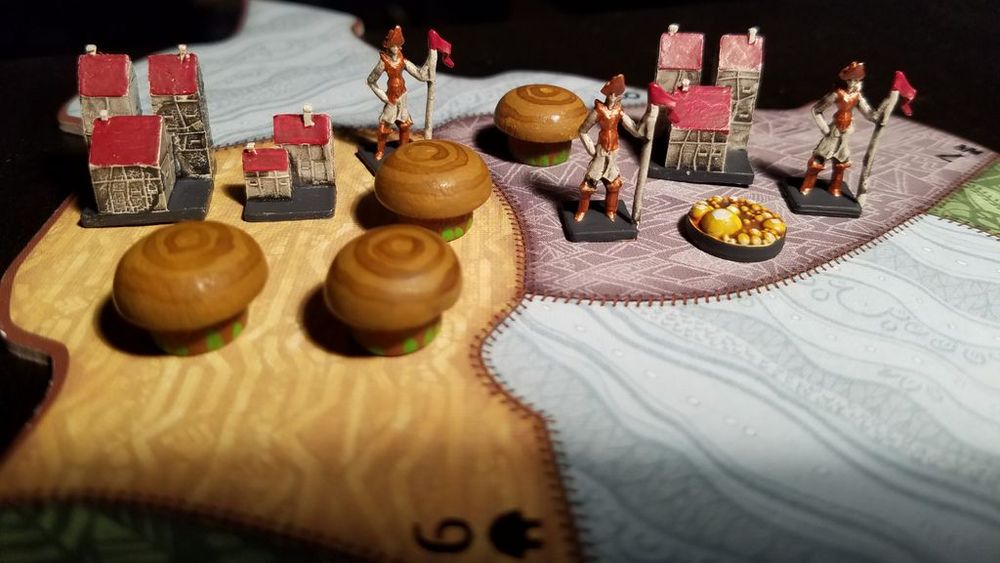
The game’s complexity is not insurmountable, but it does demand patience and a willingness to navigate through the intricate web of strategies and rules laid out in its setup. For some, the mental gymnastics required can prove to be mentally taxing, occasionally detracting from the fun in favor of challenging thought exercise. Furthermore, as much as the expansions enhance the gameplay, they also raise the barrier of entry for newcomers who may find the additional options and strategic layers too much to handle right from the start.
Player Engagement and Experience
The essence of Spirit Island lies in its ability to engross players in its rich theme and deep mechanics, creating a player experience that is as challenging as it is compelling. Individual engagement is not only encouraged but required for the tide of battle to turn in favor of the spirits.
Single-Player Versus Multiplayer Dynamics
Spirit Island offers a robust single-player experience where you can control one or multiple spirits to fend off the invaders. Yet, the dynamic changes significantly when additional players join. While a two-player game maintains the strategic depth and adds the layer of joint decision-making, introducing more spirits into the fray exponentially increases the coordination needed. Games with a full player count bring about a symposium of strategies and storytelling that can make for indelibly memorable sessions. The multiplayer aspect doesn’t just add more spirits to manage; it transforms the game into a shared narrative, a communal effort to protect the island that is rewarding in its difficulty and complexity.
The multiplayer aspect of Spirit Island transforms the game into a shared narrative, creating a rewarding communal effort to protect the island.
Community and Support
The Spirit Island community is a veritable wellspring of enthusiasm and support. Online forums and local gaming groups often share experiences, strategies, and house rules that keep the game fresh and engaging. Greater Than Games, the publisher, offers commendable support with regular updates and interactions with the community, providing a sense of belonging among its players. Spirit Island’s design naturally fosters a sense of community; the necessity for players to communicate and collaborate effectively creates an atmosphere conducive to forming strong connections within the gaming group or even with the wider player base at events and conventions.
Spirit Island frequently features in conversations at gaming events and is a favorite for game nights focused on cooperative play. The expansions only broaden the scope for communal playing, offering a treasure trove of fresh content and new spirits to explore together. Notably, the community of solo players is just as vibrant, with aficionados sharing solo conquests and tailor-made challenges that test the limits of individual strategic prowess.
FAQs
1. How does Spirit Island stand out from other cooperative board games?
Spirit Island distinguishes itself from other cooperative board games through its complex strategic depth and unique thematic portrayal of indigenous spirits defending their land. It solves the alpha player issue with its intricate gameplay that demands cooperative teamwork, with every player’s input being vital.
2. Can Spirit Island be enjoyed by players new to strategy board games?
Spirit Island can be enjoyed by newcomers to strategy board games, albeit with the understanding that there is a steep learning curve. While challenging, the game’s sense of achievement and strategic depth make the learning process rewarding.
3. What makes the theme of Spirit Island unique?
The theme of Spirit Island is unique in its approach to placing players in the role of spirits of the land, resisting colonization efforts. This anti-colonialist narrative is woven seamlessly into the game mechanics, presenting a refreshing perspective in the board game realm.
4. Are there expansions available for Spirit Island, and do they enhance the game?
Yes, there are expansions available for Spirit Island, and they significantly enhance the game by adding new spirits, adversaries, and mechanics, greatly increasing its replayability and strategic depth.
Conclusion
In this Spirit Island review, we’ve traipsed through verdant jungles and traversed rugged landscapes, all to protect an island that has become our own through each memorable play. While there are peaks and valleys to navigate, such as the learning curve and game length, we ultimately find ourselves returning to the table, eager for that next bout against the encroaching invaders.
The passion within the Spirit Island community is palpable, and it speaks to the game’s ability to not just entertain, but to create an experience that transcends the tabletop. It’s in the countless narratives spun, the strategies perfected, and the satisfaction when a well-laid plan comes to fruition. And so, with every session, whether solo or with friends, we find a game that constantly evolves, challenging us not just strategically, but intellectually and emotionally.
Looking back on this Spirit Island review, I’m struck by how the game mirrors our own world in small ways – a reminder that unity and concerted effort are as powerful on the table as they are off it. Are you ready to lend your spirit to the cause? Until next time, may your islands remain ever verdant, and your game nights ever vibrant.
Warmly, Lucas
More Boardgame Reviews:
This article uses material from BoardGameGeek and is licensed under the Creative Commons Attribution-Share Alike License.

